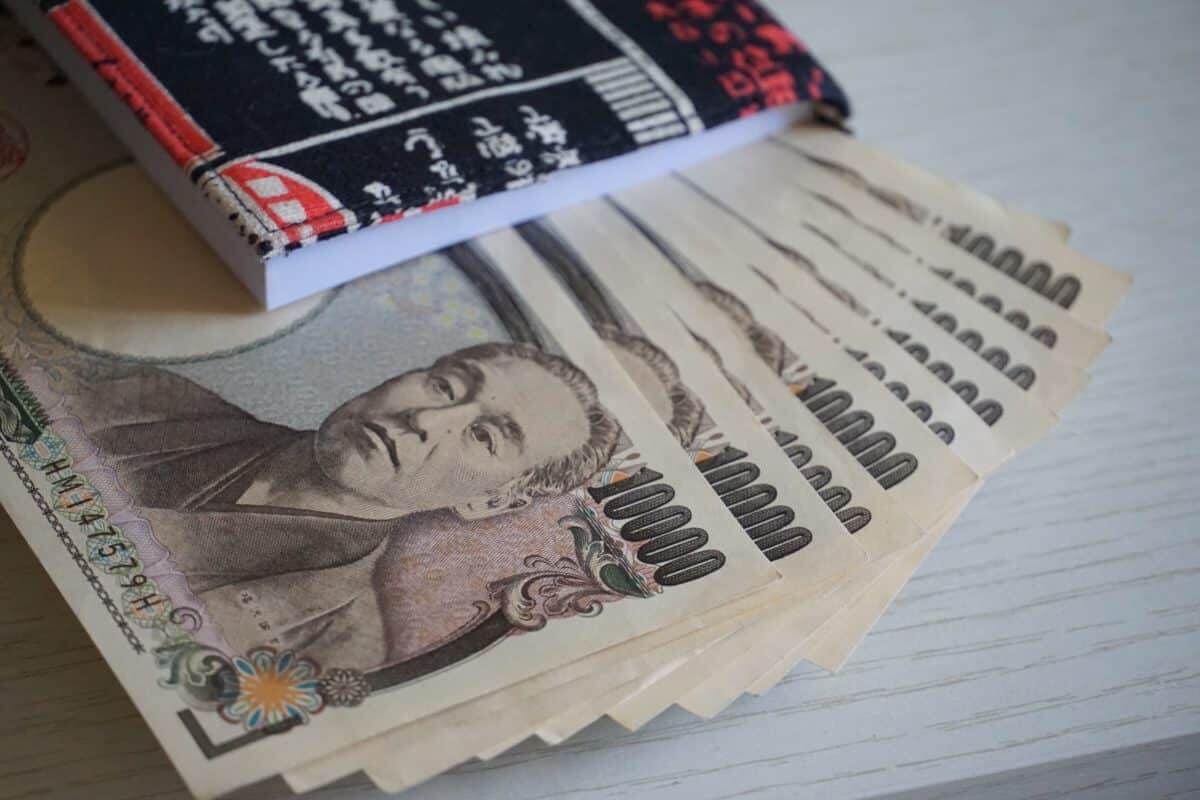
U.S. dollar declined against Japanese Yen and Sterling
The greenback remained steady on Friday after rallying in the previous session. Investors digested a raft of U.S. Federal Reserve’s rate increases. They also contemplated the possibility that borrowing costs might still rise.
On Thursday, Federal Reserve Chair Jerome Powell announced that the agency expected U.S. rates to increase further and stay higher for longer. However, such a policy might push the American economy into reversal. Traders fear that the central banks’ hawkish rhetoric will damage global growth.
Such concerns have triggered a sell-off in stocks and European bonds today, as well as in the previous session. But at the same time, the fearful sentiment supported the safe-haven dollar. Riskier currencies ended in the red, though.
Alvin Tan, the head of Asia FX strategy at RBC Capital Markets, noted that Thursday’s session was a big risk-off. Consequently, the greenback will benefit as a safe-haven asset. In the short term, the Forex market wants to sell USDs, notwithstanding Thursday’s price action. However, as the new year approaches, Tan thinks the sell-off could reverse on account of the slowdown in global economic growth.
The dollar index traded mostly flat at 104.48 against the basket of six major peers on Friday after jumping by more than 0.9% yesterday. Initially, the index gained approximately 9% in 2022, thanks to the Fed’s rate hikes. But it has shaved off almost 8% since skyrocketing to a 20-year high in September. U.S. inflation declined, raising hopes the central bank’s rate-hiking cycle might soon end.
Dominic Bunning, the head of European FX research at HSBC, thinks that the greenback might decrease significantly in the next six to twelve months. But there still might be room for the choppiness as it’s an uneasy bullishness around risk appetite and risk currencies.
How are the Euro and Sterling faring?
The euro exchanged hands flat versus the dollar at $1.063 on Friday. The currency had dropped by 0.5% in the previous session after the European Central Bank hiked interest rates. The bank also stated that it planned to continue its hawkish policy.
The dollar plummeted by 0.49% against the Japanese Yen on Friday. It exchanged hands at 137.08 at last. The currency also decreased by 0.07% against the British Pound, with the latter trading at $1.219.
The Bank of Japan will announce its policy decision on Tuesday. Analysts expect no changes at this meeting. However, some investors think that the government might offer some additions to its stimulus plans as Governor Haruhiko Kuroda is due to depart in April.
Takahiro Sekido, the chief Japan strategist at MUFG, noted that he agrees with market participants, expecting the bank to avoid changing policy at its December meeting. Sekido also added that he would wait for any statements from Governor Kuroda about the next leadership, though.
Meanwhile, the Australian dollar tumbled by 0.07% to $0.67 on Friday. It also shaved off 2.38% in the previous session, suffering its biggest decline since March 2020. On the other hand, the New Zealand dollar soared by 0.38% to $0.637.
What about the EM currencies?
Asian currencies fluctuated on Friday, most of them struggling for direction. The Philippine peso surged forward, along with Thailand’s baht. However, the South Korean won, and the Taiwanese dollar ended in the red.
According to Thailand’s central bank chief, the country’s economy continues to rebound. But it still faces some serious challenges. Nonetheless, the central bank is preparing to adjust the pace of interest rate increases if that becomes necessary.
Furthermore, in the Philippines, the central bank governor declared that the bank wouldn’t likely resort to zero rate hikes in the next two meetings. The bank already increased its benchmark interest rate by half a percentage point yesterday.
On Friday, new data showed that Singapore’s non-oil domestic exports plunged sharply in November, missing analysts estimates. This is the second decline over the last two months. Despite that, the local dollar rallied by 0.4%.
Asian stocks plummeted on Friday as the central banks continued hiking rates. Shares in the Philippines and Taiwan dropped by more than 1.3% each. At the same time, stocks in Singapore and Thailand traded in the red.
Indian shares collapsed by 0.6% today, hitting a more than three-week low. Technology stocks suffered the most, though. Traders are worried about the possibility of higher near-term rates. There are already signs of a global economic slowdown.




